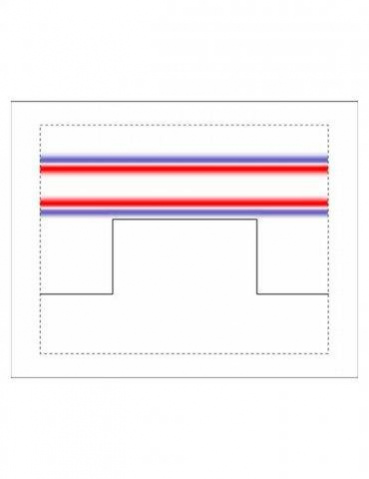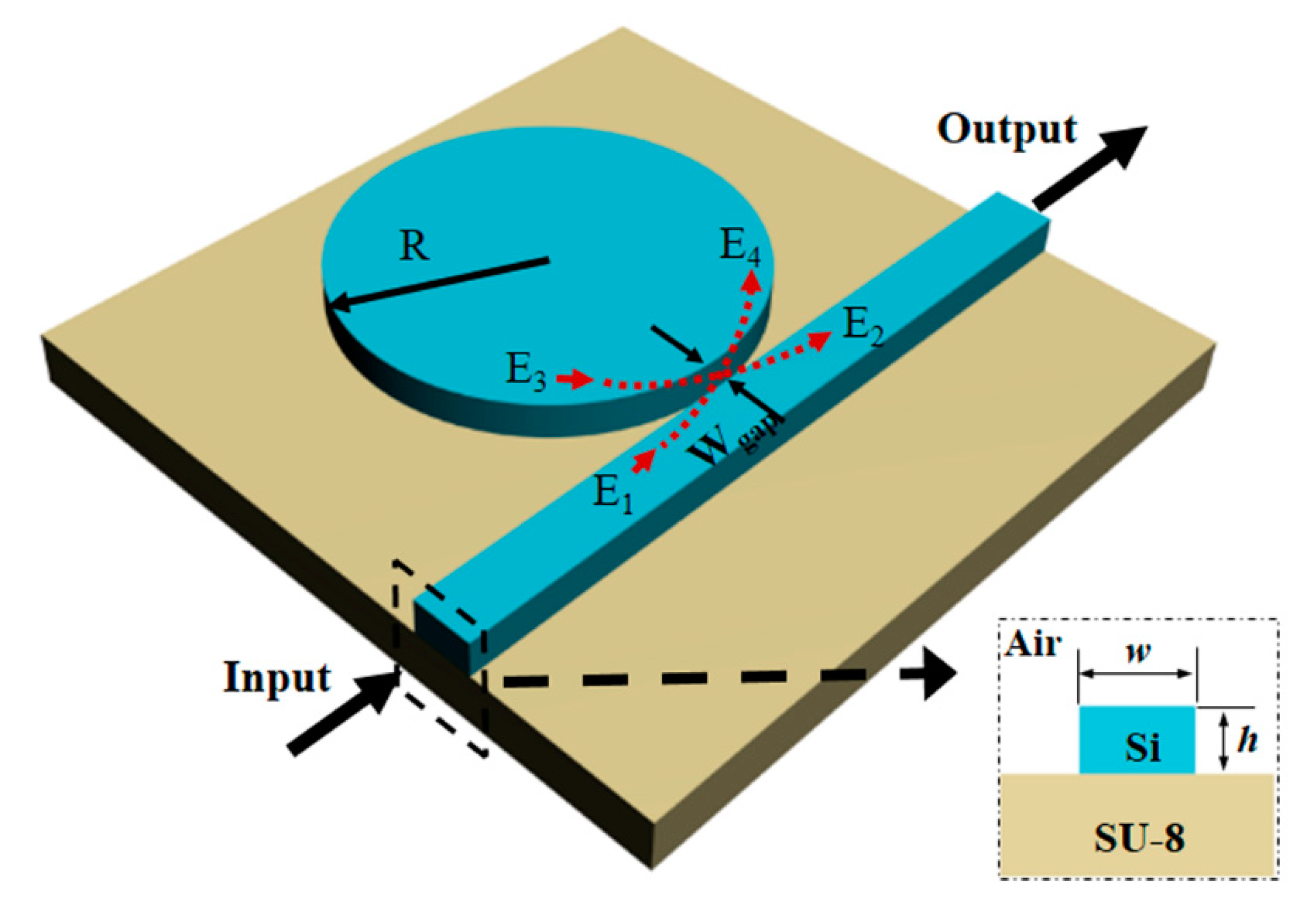

Liang simulated the radiation characteristic of cylindrical monopolar antenna by using FDTD method. calculated the coefficients of reflection and transmission of electromagnetic wave in plasma by using FDTD numerical method. and Xia and Yin studied the radiation characteristic of plasma antenna through theoretical derivation. and Zhao obtained the dispersion relationships of the surface wave along the plasma column by using theoretical derivation approach. Kumar and Bora designed a 30 cm plasma antenna and proved that the frequency and radiation pattern can be altered with the frequency and power of the pump signal. Their studies had proved that plasma antenna has reconfigurable characteristics. Theodore Anderson together with Igor Alexeff designed a smart plasma antenna and implemented a wide range of plasma antenna experiments. Because of the advantages above, many researchers and scientific utilities show great interests in it.Īt present, studies concerning plasma antenna may have three aspects: experimental investigation, theory derivation, and numerical calculation. In particular, radiation pattern of plasma antenna can be reconfigured through changing the frequency and intensity of pump signal, gas pressure, vessel dimensions, and so on. Also, if this kind of antenna is used as the antenna array, the coupling between the elements of antenna array is small. For instance, it can be rapidly switched on or off this characteristic makes plasma antenna suitable for stealth applications for military communication fields. Compared with conventional metallic antenna, plasma antenna has many peculiar properties. Plasma antenna usually adopts the partially or fully ionized gas as conducting medium instead of metallic materials. The experiments show that the variation of electron density can introduce the change of radiation characteristic. And the near-field and far-field radiation pattern of plasma antenna are obtained. Finally, the two-dimensional simulation model of plasma antenna is established under the cylindrical coordinate. Results show that Boltzmann-Maxwell theory can be used to explain the phenomenon of electromagnetic wave propagating in plasma. In order to verify this theory, the whole process of electromagnetic wave propagating in plasma under one-dimension case is simulated. Otherwise, we study the propagation of electromagnetic wave in plasma by using the Boltzmann-Maxwell theory. Results show that electromagnetic wave spreads out around the signal source and can be absorbed by the perfectly matched layer (PML).
#FREE FDTD FREE#
In order to validate the correctness of this method, we simulate the process of electromagnetic wave propagating in free space. And the iterative equations of Maxwell equation are derived. Through using FDTD method, we study the propagation of electromagnetic wave in free space in stretched coordinate.

Nanostructures, the FDTD modeling of metamaterial structures, andĬasimir forces in arbitrary material geometries.The radiation characteristic of plasma antenna is investigated by using the finite-difference time-domain (FDTD) approach in this paper. Unconditionally stable Laguerre polynomial-based FDTD method, stochasticįDTD for analyzing statistical variation in electromagnetic fields, FDTDĬomputation of the nonlocal optical properties of arbitrarily shaped Taflove-Hagness' Computational Electrodynamics: Theįinite-Difference Time-Domain Method. Readers are assumed to beįamiliar with FDTD techniques as discussed in the 2005 third edition of Optical interactions with nanoscale material structures, using theįinite-difference time-domain (FDTD) technique to solve Maxwell'sĮquations of classical electrodynamics. State-of-the-art in formulating and implementing computational models of Johnson.Īrtech House antennas and propagation seriesĮlectronic engineers and physicists review the current by Allen Taflove, Ardavan Oskooi and Steven G. Retrieved from Īdvances in FDTD computational electrodynamics photonics andĮd.

MLA style: "Advances in FDTD computational electrodynamics photonics and nanotechnology." The Free Library.


 0 kommentar(er)
0 kommentar(er)
